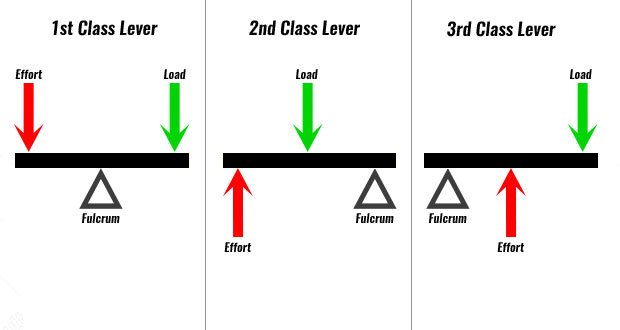1. What you need to remember
- Mass is defined as the amount of substance in a body. Hence, it remains unchanged no matter where you bring the body to.
- Weight arises from the gravitational force acting on the object. Hence, object’s weight will change depending on its location. E.g A water melon that weighs 50 N on the Earth will weigh about 8.5 N on the Moon. Formula is W = mg.
- Force is a push or a pull on an object. It is categorised into two types: contact forces and non-contact forces. Hence, it can have the following effects:
- a force can move a stationary object
- a force can speed up, slow down or change the direction of object’s motion
- a force can stop a moving object
- a force may change the shape and size of an object
- Spring balance is an instrument that can measure force directly whereas beam balance is an instrument used to measure mass directly.
- When force is exerted on a unit area, pressure is created. P = F/A
- When force (a.k.a effort) is exerted at a distance away from a pivot (a.k.a fulcrum), turning effect of force (a.k.a moment) is born. The key here is by adjusting the distance of your effort/force from the fulcrum/pivot, you can get the job done (lift the same load) with less or more effort/force. So if you think carefully, your life will be easier 🙂

- Friction is a contact force that serves ONLY one purpose: to oppose the motion of the object at the point of contact. Thus, friction provides both benefits and drawbacks for us when we perform our daily activities. For instance, we can hold or walk due to friction. However, friction causes wear and tear to our equipment as well.
2. Examples of how to apply what you have learnt
- A table weighs 20 kg on Earth. What is it weight on the moon given that the gravitational field strength of the moon is about 1.7 N/kg.
Suggested Answer
Mass of table on the moon = mass of table on the earth = 20 kg
Weight of the table on moon = 20 x 1.7 = 34 N.
- Each leg of the table has an area of 0.001 m2, what is the pressure exerted by the table on the ground on Earth?
Suggested Answer
Since table has 4 legs, the total surface area of contact between table and the ground = 4 x 0.001 = 0.004 m2
Weight of the table on earth = 20 x 10 = 200 N.
Pressure exerted = 200 / 0.004 = 50,000 Pa or 50,000 N/ m2
